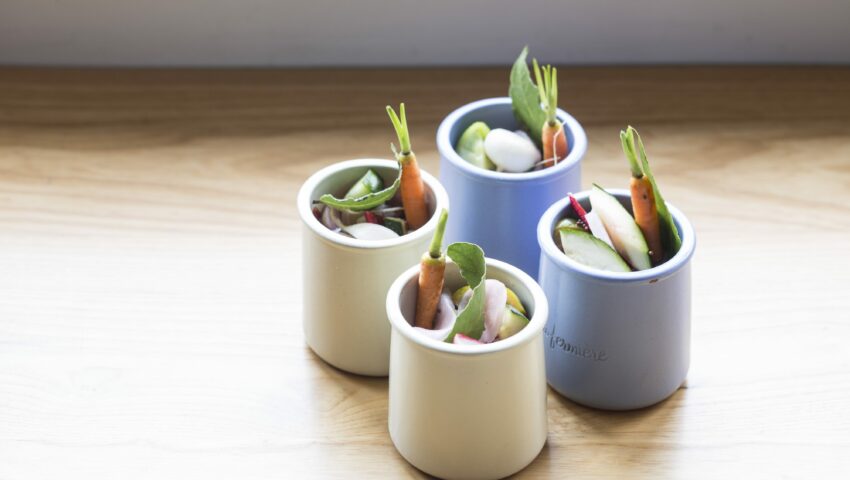Blogs
Pickling: The Preserve of a Foodie

Pickling Food Renaissance
As we find ourselves in the midst of an artisanal pickling food renaissance, grocery shelves now boast a myriad of fancy pickle jars regarded as specialty products, their price tags often soaring to dizzying heights – their humble origins all but forgotten.
Modern food is clean, light and full of identifiable, well-balanced flavours. It is interesting, thought provoking, inspires conversation and makes people smile. On the more traditional end of the culinary spectrum, we are more than likely treated to homely, comforting plates towering high with hearty proteins, stodgy starches, and assortments of classically-prepared veggies.
The History of Pickling
When it comes to our dinner plates, few ingredients are known to bridge the gap between history and modernisation so well as the humble pickle. Not surprisingly, pickles and pickling have been delighting taste buds and transcending cultures for thousands of years. Pickles originally gained their popularity (and necessity) due to their mobility as well as their preservative qualities. This at a time when long-term storage of prized ingredients held much more value and importance than it does to generations today.
The longevity of these incredible products is due to their accessibility as much as their versatility. Everyone has the capability to effectively home-pickle, which I have always found to be an immensely gratifying endeavor, especially for the budding home chef. The level of difficulty may vary, but in practice ‘pickles’ simply require the preservation of vegetables in a basic vinegar or brine.
How to Pickle
One of my favourite ways to enjoy pickles is in an assorted ‘pickle pot’, which we serve in individual portions Upstairs at Trinity. A brilliant snack on its own and the perfect hit of bright acid on the palate, these tasty treats are truly as simple as it gets – and as delicious, too.
Be it sweet, spicy, salty, or sour, a thoughtfully placed pickle can bring balance and brightness to even the simplest of plates.
I make most vegetable based pickles the same way; simply bring to the boil equal parts white sugar, good quality white wine vinegar and water. Allow to cool and pour over your prepared vegetables. Start with cucumbers and add in some mustard seeds. Store them in air tight containers in the fridge for a day and you’re away!
Happy cooking!




